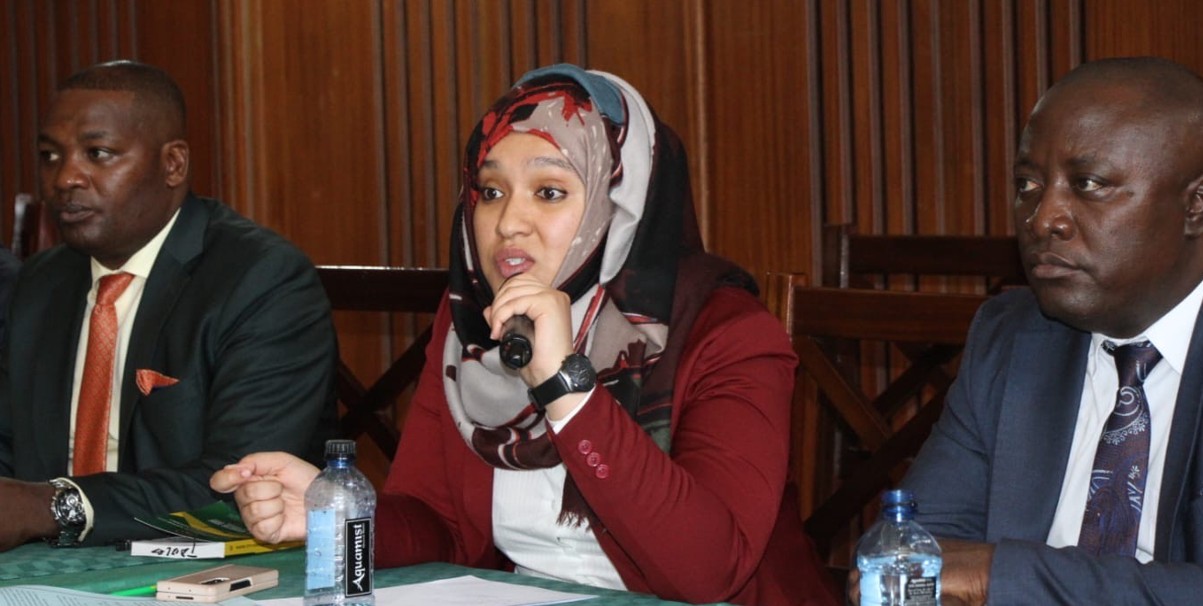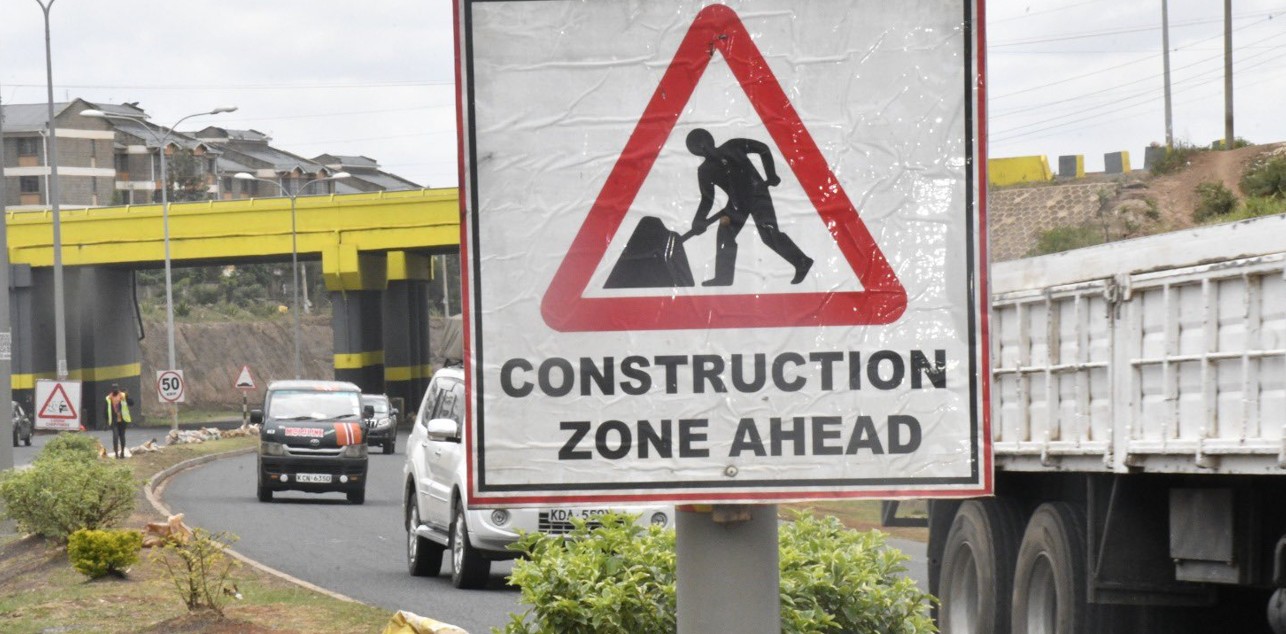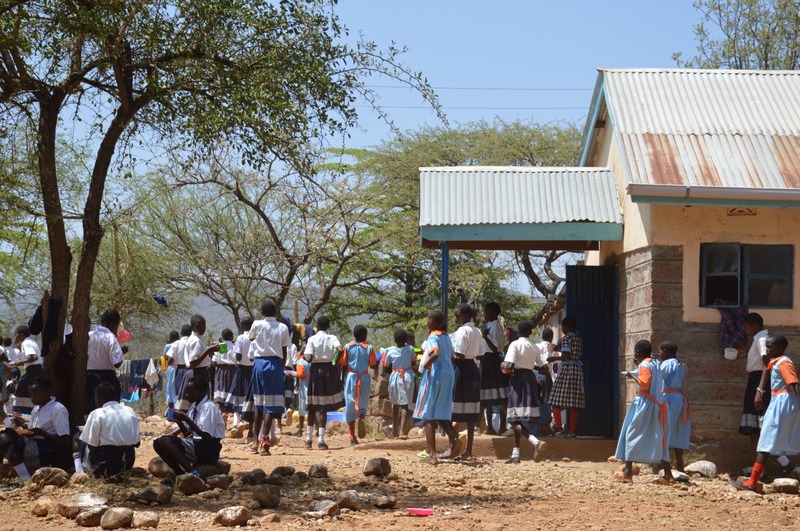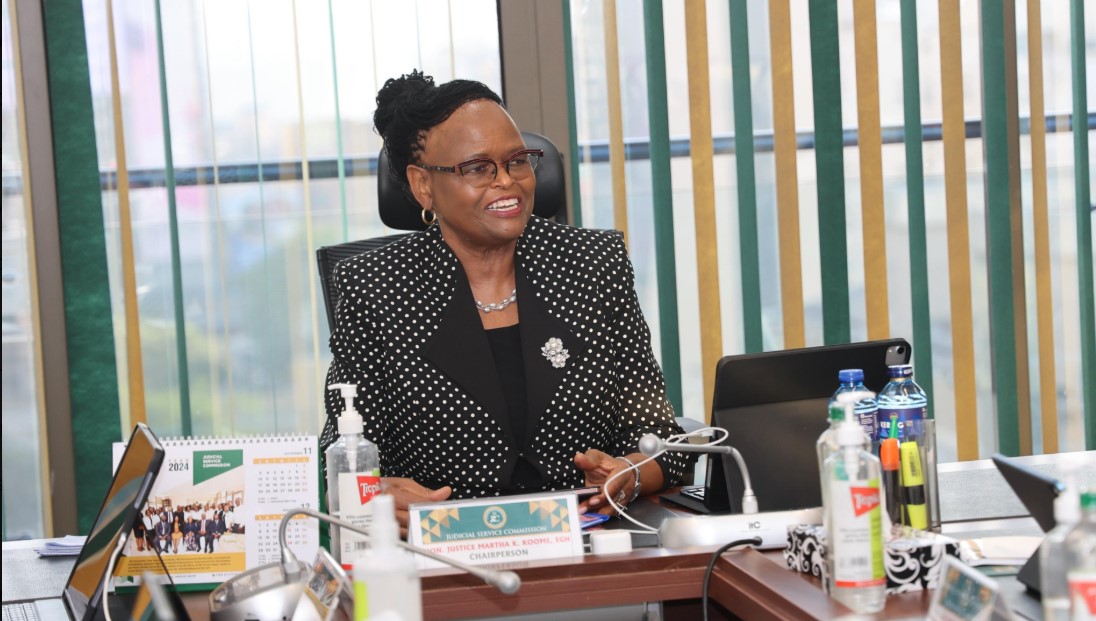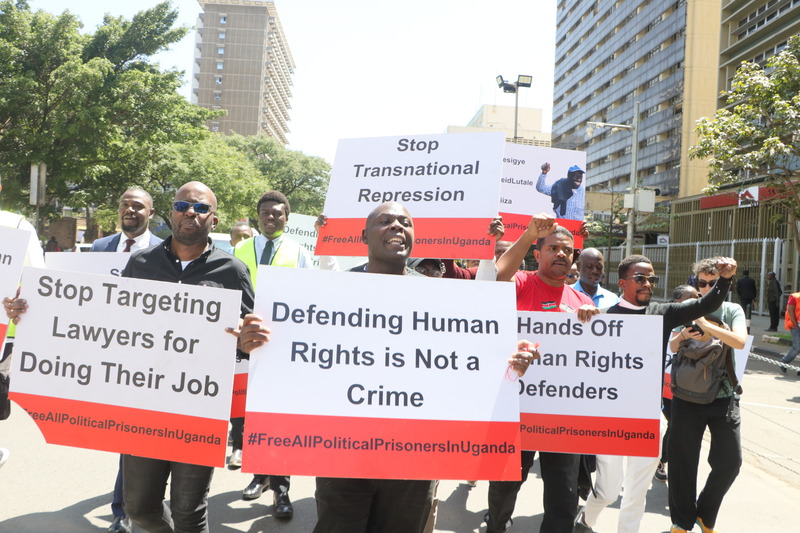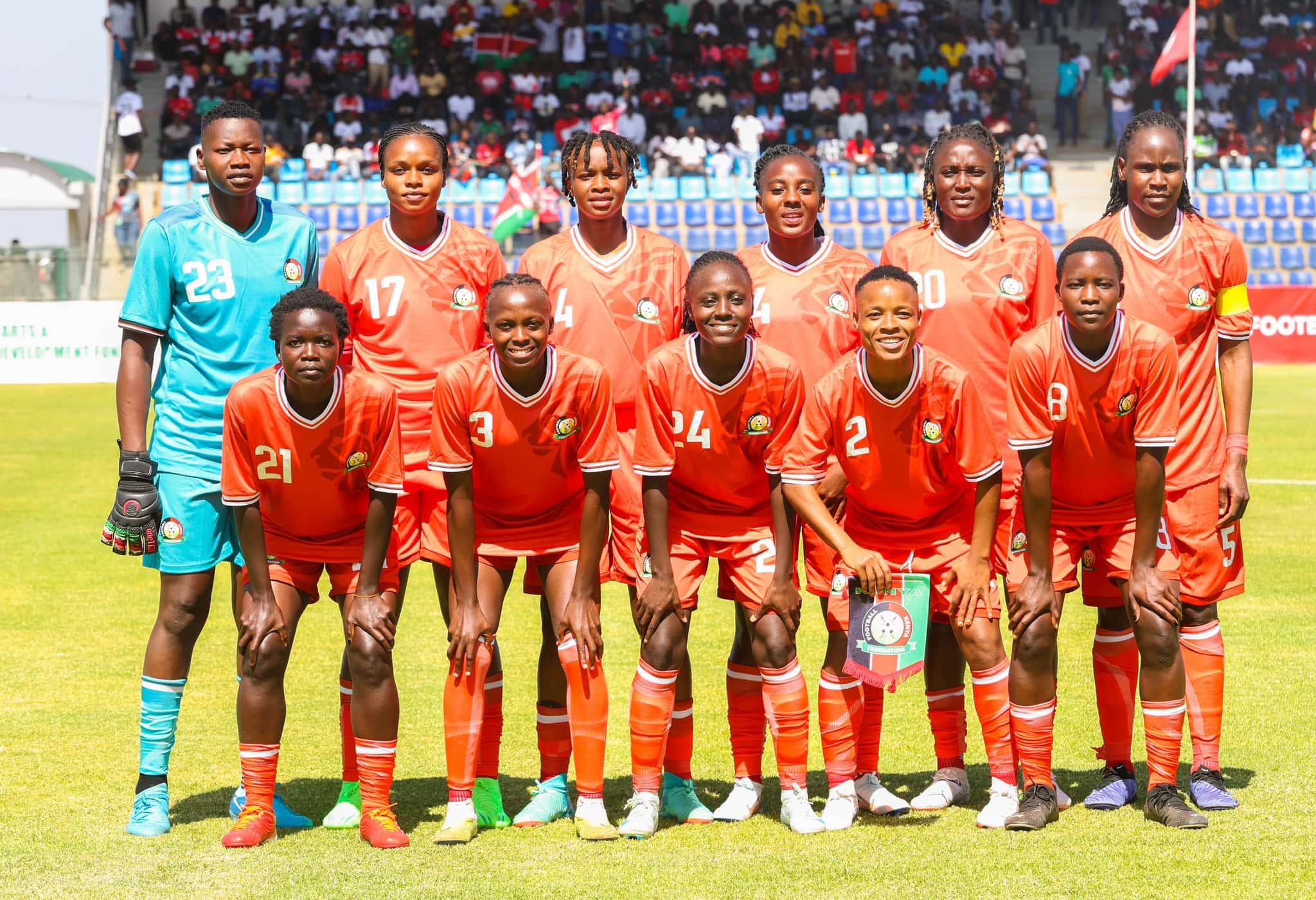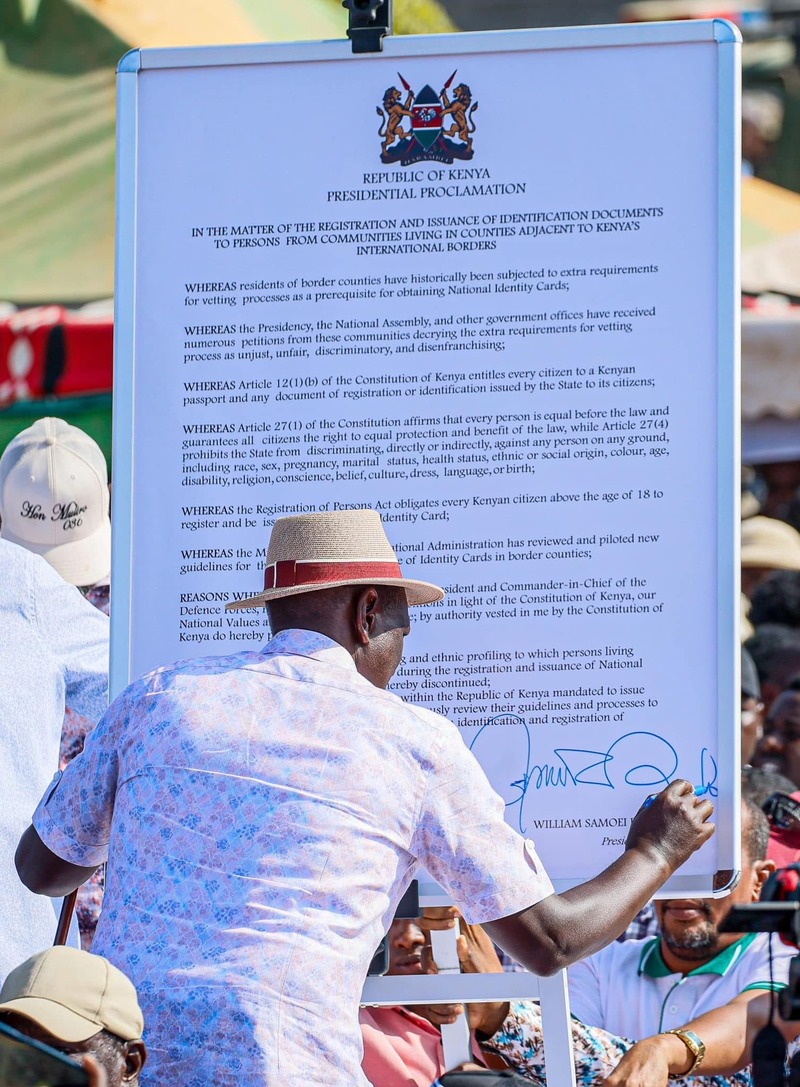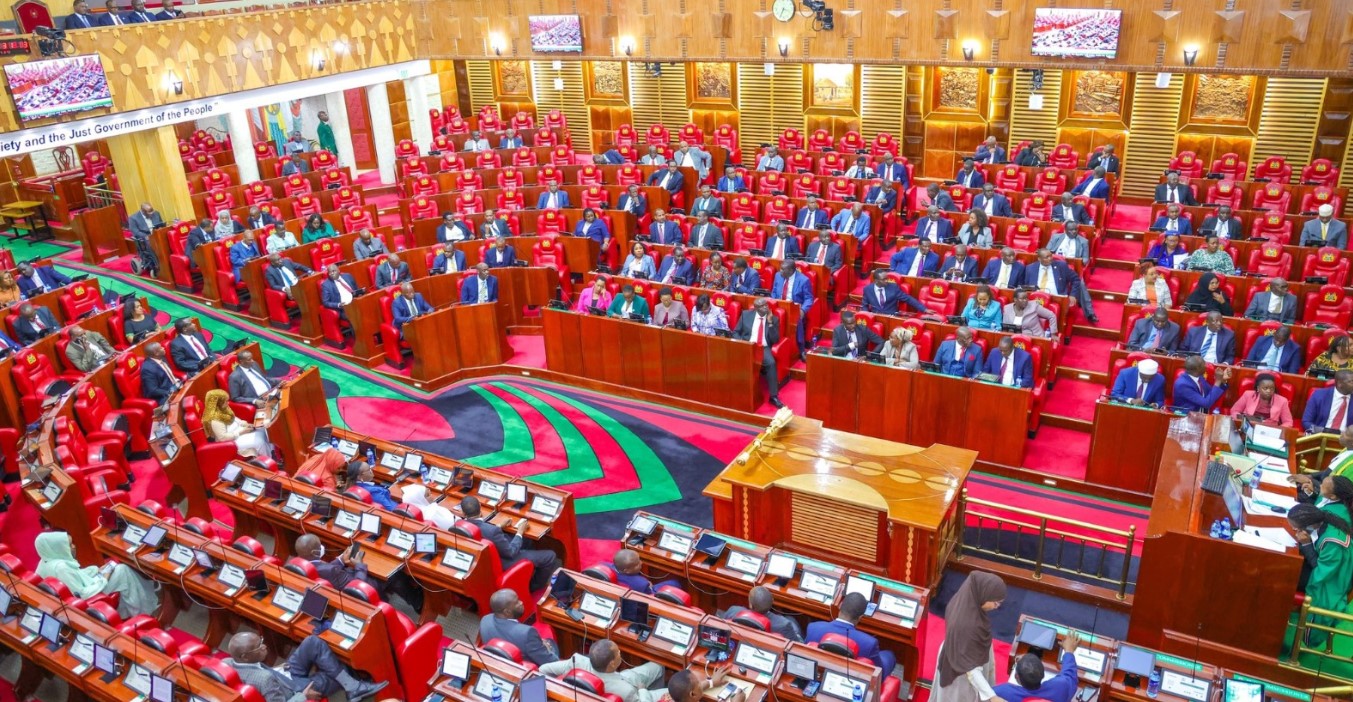Nairobi’s electricity debt surges to Sh3 billion, sparking concern
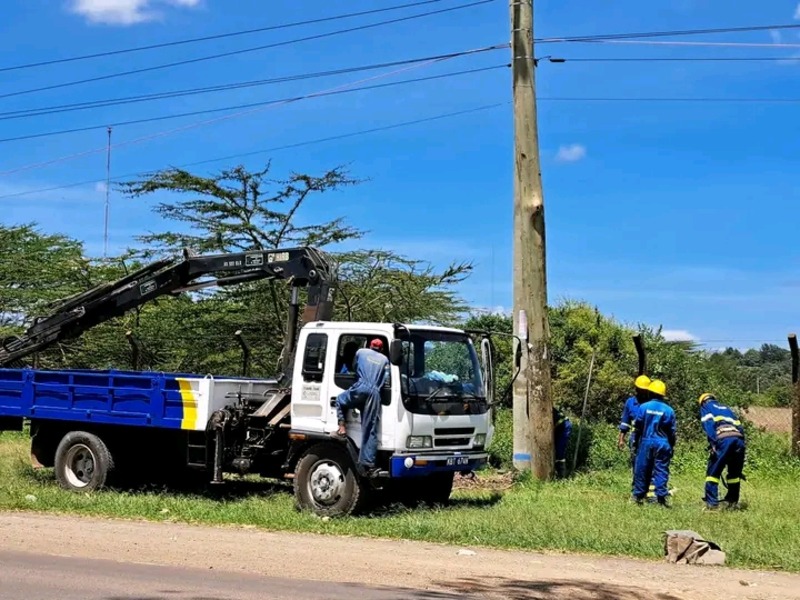
Despite multiple directives to prioritise settling electricity bills, counties have continued to default, hampering Kenya Power’s efforts to recover its money.
Nairobi County’s electricity debt surged to Sh3.01 billion in eight months, making it the largest defaulter among the 47 counties, according to the National Treasury.
Details indicate that by November 2024, Nairobi accounted for over two-thirds of the Sh4.37 billion owed to Kenya Power, up from Sh1.35 billion in February 2024, when counties’ total debt stood at Sh3.53 billion.
More To Read
“Notably, Nairobi County Government accounts for the largest portion of this debt, totalling Sh3,011,878,481.04. Accumulation of the pending bills has occurred since the establishment of the County Governments,” reads the report, which was tabled in Parliament.
The Treasury, however, did not disclose the current outstanding amounts for other counties. Earlier records showed that as of February 2024, Mombasa owed Sh296 million, while Kiambu followed with a debt of Sh217 million.
Despite multiple directives to prioritise settling electricity bills, counties have continued to default, hampering Kenya Power’s efforts to recover its money.
The latest surge in Nairobi County’s unpaid bills signals that the utility firm’s strategy of engaging debt collectors last year did not yield the expected results.
Kenya Power, which has been grappling with mounting unpaid bills, had to write off an additional Sh2 billion in bad debts as of June 2024, bringing the total amount written off to Sh19.28 billion.
“Management has engaged with the various counties and government organs to settle the outstanding debt, which forms a significant percentage of the total outstanding amount. The timeframe is June 30, 2025,” Kenya Power said in its annual report for the 2023/24 financial year.
To curb further losses, the company has announced plans to intensify disconnections for defaulting clients and increase security deposit requirements. However, past attempts to disconnect power to counties have faced resistance.
For instance, Nairobi County has on multiple occasions retaliated by impounding Kenya Power’s vehicles after the utility firm cut off electricity supply over unpaid bills.
Kenya Power’s electricity sales increased to 10,516 Gigawatt-hours in the financial year ending June 2024, reflecting a 2.76 per cent growth from the 10,233 GWh recorded the previous year.
The utility firm said recovering outstanding debts remains a key focus as it seeks to boost its revenues amid financial pressures.
Meanwhile, electricity consumption across the country hit a record high of 2,316 megawatts (MW) last Wednesday, an increase of 12 MW from the previous peak of 2,304 MW recorded in January 2024.
The utility company attributed this growth to improved national grid stability and key infrastructure projects, notably the completion of the Kimuka 220/66kV substation by the Kenya Electricity Transmission Company Limited (KETRACO).
Statistics from Kenya Power’s National Control Centre also indicate that electricity demand has been rising steadily over the past three years. The demand first surpassed 2,000 MW in late 2021, crossed 2,100 MW in 2022, but remained below 2,200 MW throughout 2023 before gaining momentum from June 2024.
Kenya Power has utilised the Kimuka substation to develop four 66kV feeder lines supplying Nairobi and surrounding counties. Additionally, the 33kV double circuit interconnector between Narok and Bomet has enhanced redundancy, ensuring uninterrupted electricity supply.
The advancements have contributed to sustained electricity sales, reflecting a broader increase in power consumption. The ongoing expansion of Kenya’s electricity network has also led to a significant rise in new consumer connections.
“The investment in upgrading transmission lines by Kenya Power and KETRACO has resulted in a more stable grid. In the last six months alone, we have connected over 198,535 new customers to the national grid,” Kenya Power Managing Director Joseph Siror said.
“With improved grid stability and ongoing connectivity projects, we expect electricity demand to maintain an upward trajectory in the short and medium term.”
To further expand access, Kenya Power noted that it is implementing the donor-funded Last Mile Phases IV and V, targeting an additional 289,121 new grid connections. The company said it is also promoting electricity use through initiatives in electric cooking and e-mobility, aimed at enhancing environmental conservation while increasing power consumption.
Top Stories Today
